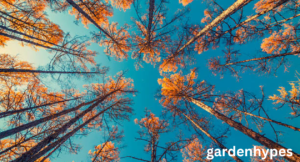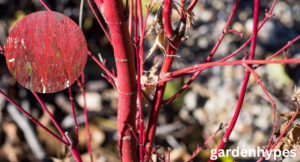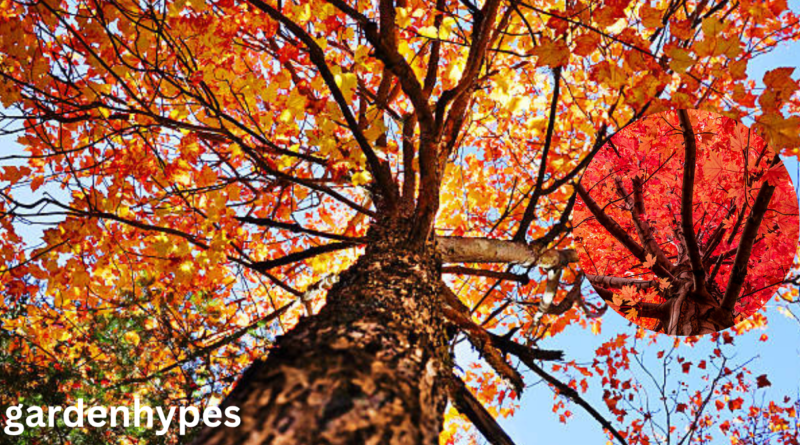Red Bark Tree Nature’s Crimson Sentinel
Introduction to the Red Bark Tree
There’s something captivating about a tree with red bark tree. You’re walking through a forest or botanical garden, and suddenly—there it is. A tree with fiery, crimson-colored bark standing out among the greens and browns. The red bark tree is not just a visual treat; it’s a marvel of nature that carries mystery, history, and utility within its skin.
Unlike the typical grey or brown barks we’re used to seeing, red bark trees create a striking contrast in any landscape. These trees are admired for their ornamental value, often featured in parks, gardens, and art installations for their vibrant appearance. But beyond their looks, these trees have stories to tell—stories rooted in centuries of evolution, survival, and ecological contribution.
click in link waxed Amaryllis
From the twisted, peeling bark of the Arbutus to the smooth, coppery surface of the Paperbark Maple, red bark trees come in several varieties across different continents. They’ve adapted to their environments with unique bark pigmentation that often serves purposes beyond aesthetics, including protection against pests, disease, and harsh sunlight.
In this article, we’ll explore the different types of red bark trees, why they look the way they do, their role in ecosystems, and how you can grow one in your own backyard.
What is a Red Bark Tree?
A red bark tree, quite literally, is a tree whose bark appears reddish in color. But that simple definition doesn’t do justice to the wide variety of trees that fall under this umbrella. These trees can be evergreen or deciduous, tropical or temperate, large or small. What ties them together is the color of their bark—which can range from deep maroon to bright cherry red, depending on the species and environment.
Some red bark trees get their color from high levels of tannins and other natural pigments in their bark. Others may display red hues due to the shedding of old layers of bark, revealing fresh, colorful new ones underneath. And in certain cases, the redness is simply a natural trait that evolved over time to help the tree thrive in its native habitat.
While not all red bark trees are genetically related, they each bring something unique to the table. Gardeners love them for their ornamental value. Wildlife finds refuge in their thick, protective trunks. Indigenous cultures have long used parts of these trees for medicinal or ceremonial purposes. In short, red bark trees are more than just pretty faces—they’re functional members of both natural ecosystems and human culture.
Origins and Natural Habitat
Red bark trees aren’t limited to one part of the world. They’re found in North America, Asia, Europe, and beyond—each variety adapted to its specific climate and soil conditions. One of the most iconic is the Pacific Madrone (Arbutus menziesii), native to the western coasts of North America, particularly California and the Pacific Northwest. With its twisted branches and smooth, peeling bark, it’s a common sight in dry, rocky coastal forests.
In Asia, the Chinese Red Birch thrives in mountainous areas where cool temperatures and consistent moisture help maintain its vibrant bark. Meanwhile, the Paperbark Maple, native to central China, flourishes in mixed forests and is often cultivated in Western gardens for its decorative appeal.
These trees often grow in regions with well-draining soil and full to partial sunlight. While they may be drought-tolerant once established, young red bark trees usually require attentive care, especially during their first few years.
Interestingly, some red bark trees have evolved to thrive in tough environments—poor soils, steep slopes, and dry climates. Their hardy nature and unique appearance make them highly valued in landscaping, forestry, and environmental restoration projects.
click in link waxed Amaryllis

Species of Red Bark Trees Around the World
Not all red bark trees are created equal. Here are some of the most popular and widely recognized types:
Arbutus Madrone
Known for its peeling bark and gnarled branches, the Arbutus is a showstopper. Native to the western parts of North America, this tree reveals a smooth, cinnamon-red trunk once its old bark sheds. In spring, it blossoms with white flowers, followed by bright red berries in summer. The Madrone is a favorite among landscapers for its year-round appeal—colorful bark in winter, flowers in spring, and fruit in summer.
Ecologically, it’s important too. Birds love the berries, and its dense foliage offers shelter for small mammals. But the Arbutus can be picky—it doesn’t transplant well and prefers undisturbed soil, which makes it somewhat rare in residential landscaping.
Chinese Red Birch (Betula albosinensis
This elegant tree hails from the mountainous regions of western China. It features a striking, reddish-brown bark that peels away in thin layers, adding texture and color to gardens throughout the year. Unlike some other birch trees, it’s relatively resistant to pests and disease.
It’s also cold-hardy, making it a favorite in temperate climates where winters can be harsh. The Chinese Red Birch is often used in ornamental gardens and urban parks, where its colorful bark offers a vivid contrast against snowy backdrops.
click in link waxed Amaryllis

Paperbark Maple (Acer griseum
A darling of garden designers, the Paperbark Maple is admired for its coppery-red bark that peels in delicate, translucent sheets. Native to central China, this slow-growing deciduous tree is compact enough for small gardens but dramatic enough to stand out in larger landscapes.
In autumn, it doubles its charm with vibrant red-orange foliage. Though it grows slowly, it rewards patient gardeners with a lifetime of beauty. It thrives in well-drained soil and is fairly low-maintenance once established
faqs
- What causes the red color in red bark trees?
The red coloration in tree bark is typically due to high concentrations of tannins, anthocyanins, and other natural pigments. These compounds help protect the tree from pests, UV rays, and disease. In some species, like the Arbutus or Paperbark Maple, the bark peels to reveal fresh layers with vibrant reddish tones underneath. - Are red bark trees suitable for home gardens?
Absolutely. Many red bark trees like the Paperbark Maple and Chinese Red Birch are popular ornamental choices for residential gardens. They not only add year-round visual interest but also require minimal maintenance once established. Just ensure you choose a species suited to your local climate and soil conditions. - Do red bark trees grow quickly?
Most red bark trees grow at a moderate to slow pace. For example, the Paperbark Maple grows slowly but lives long and remains attractive throughout the seasons. Patience is key when cultivating these trees, but the long-term reward in aesthetics and uniqueness is well worth it. - Can red bark trees survive in cold climates?
Yes, several red bark tree species are cold-hardy. The Chinese Red Birch, for instance, thrives in colder environments and can handle frosty winters without losing its bark color or health. Always check the USDA Hardiness Zone recommendations for the specific tree you’re planting. - Are red bark trees environmentally beneficial?
Definitely. Like all trees, red bark varieties contribute to oxygen production, carbon absorption, and wildlife habitat. Their distinctive bark can also support certain fungi and insects, making them ecologically diverse. Birds often nest in their branches, and animals rely on their shelter and food (like berries in the case of the Arbutus
